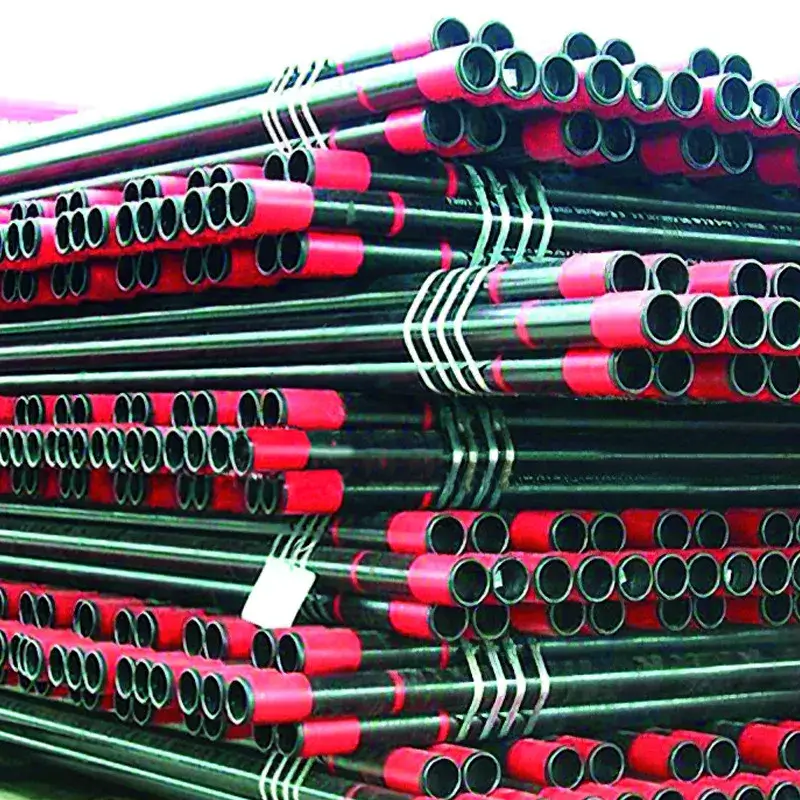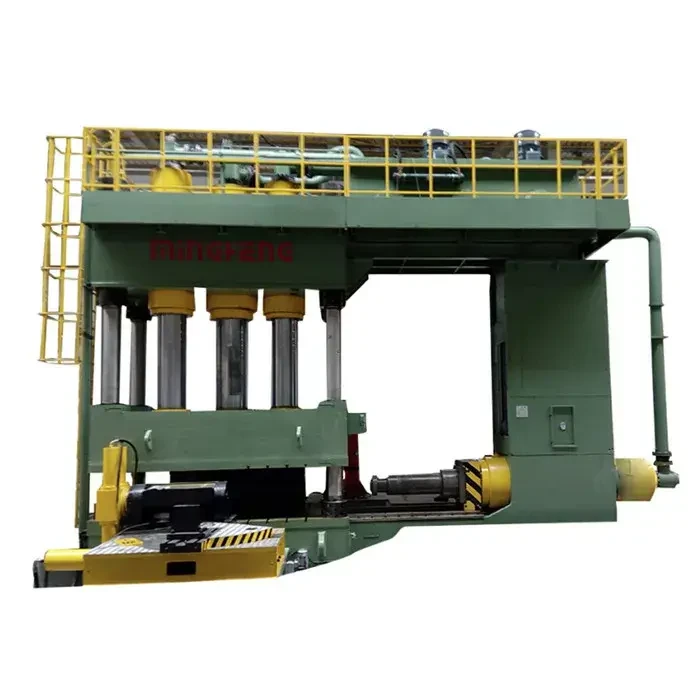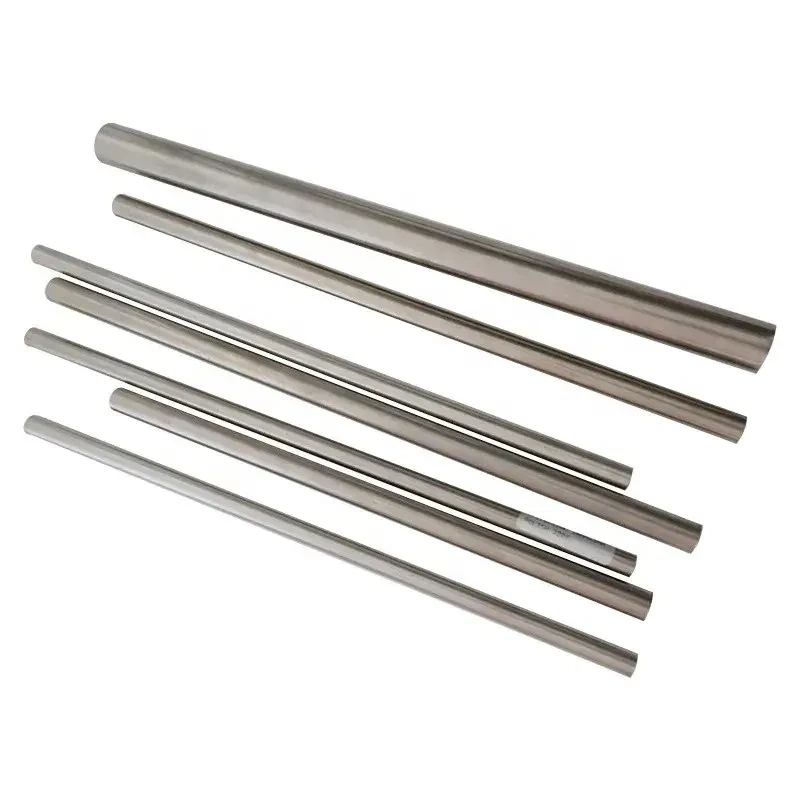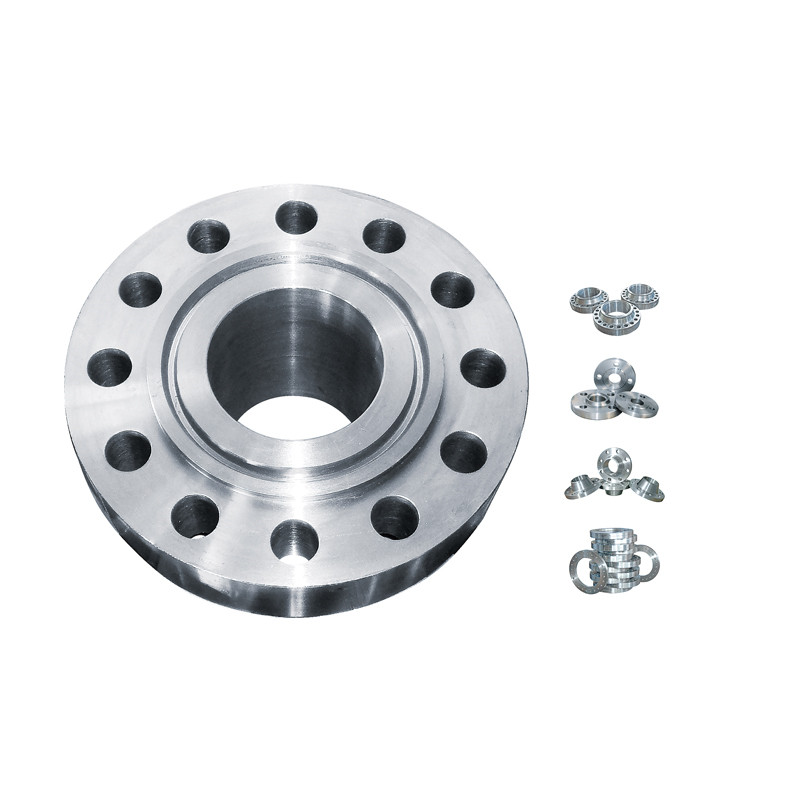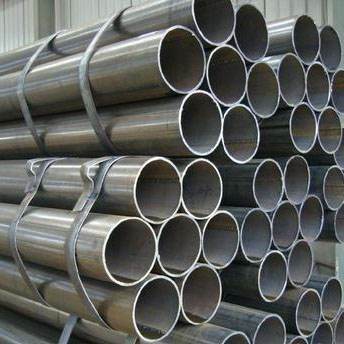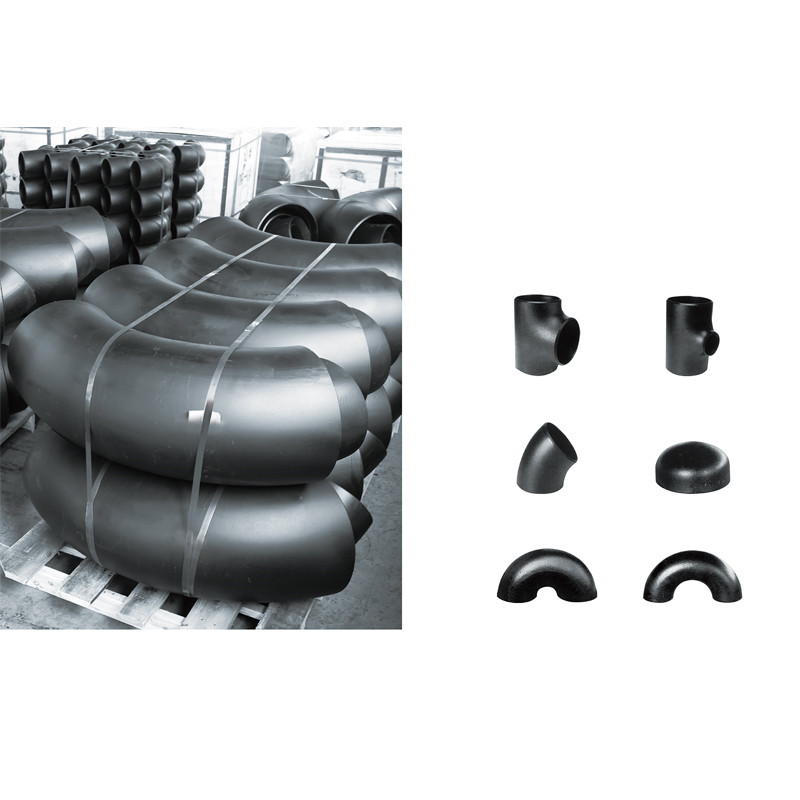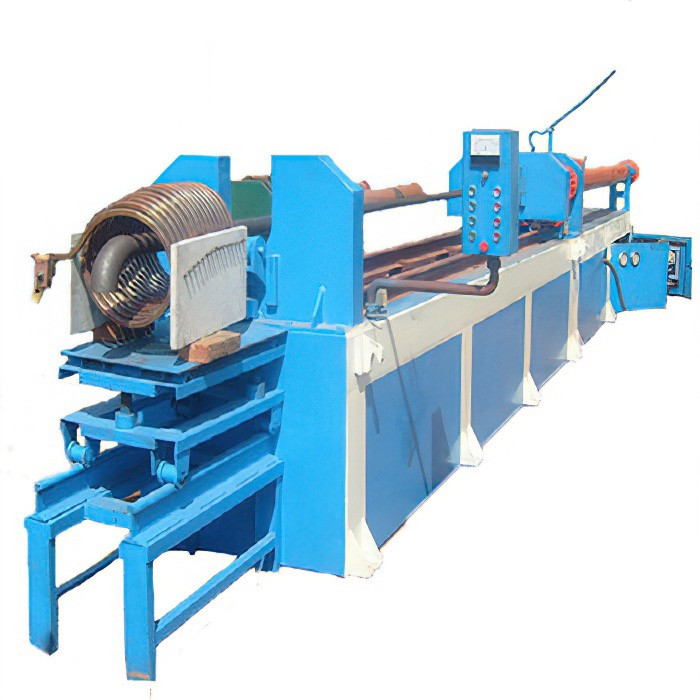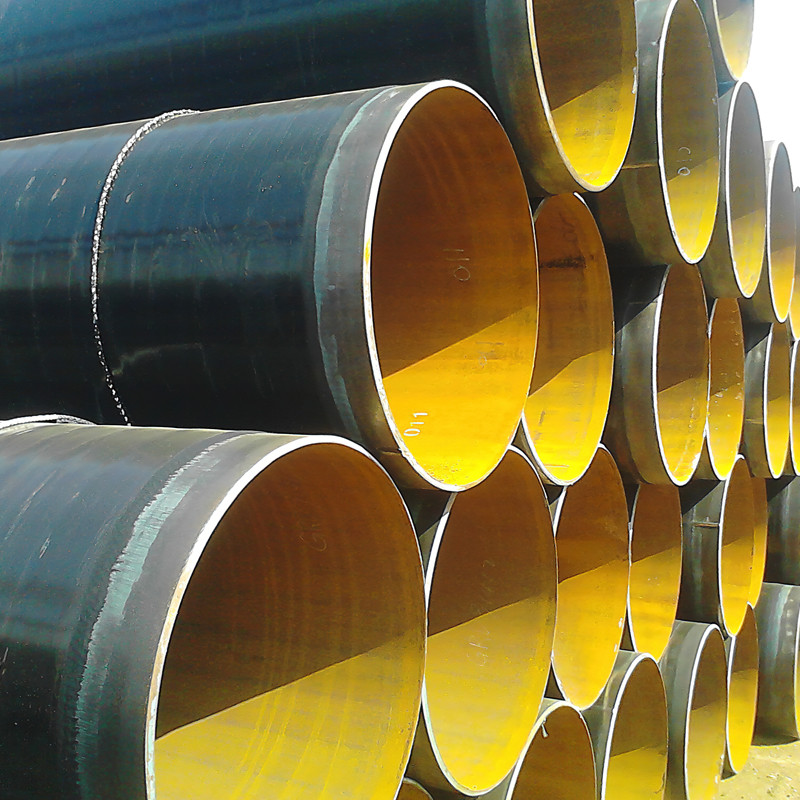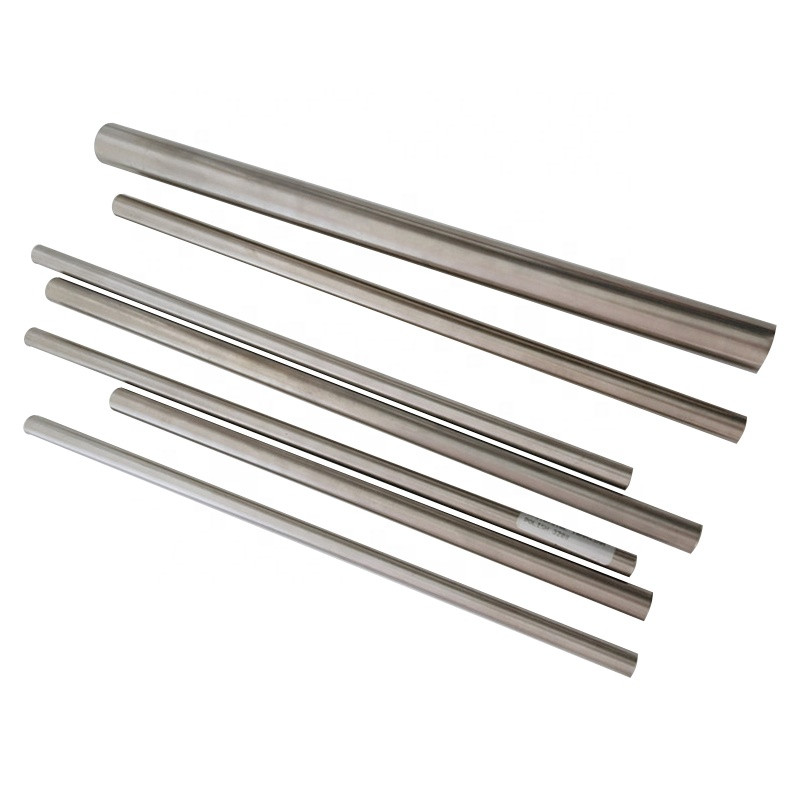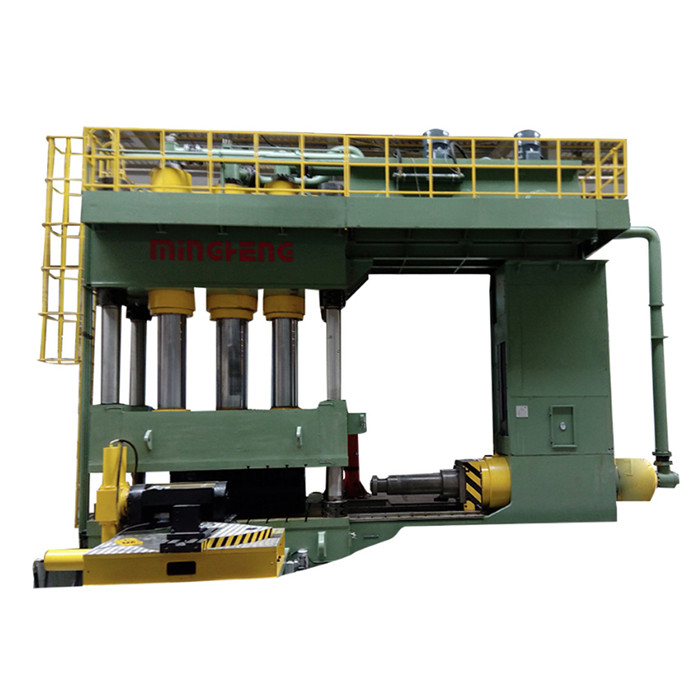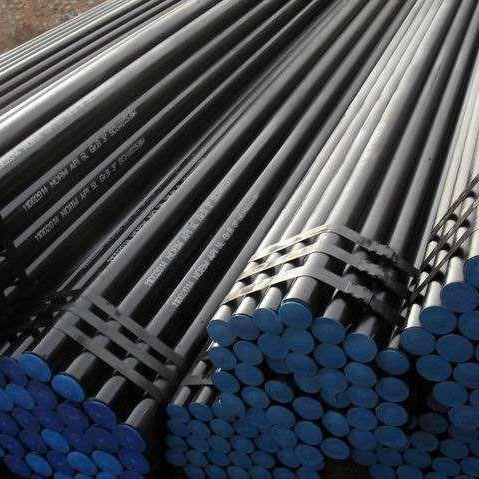An Insider’s Guide to Sourcing Chromoly Tubing (and When Bright-Annealed Alloy Pipe Wins)
If you’re hunting for chromoly tubing for sale, you’re likely weighing motorsport-grade 4130 against power-plant workhorse grades like P11/P22. I’ve toured mills from Beijing to Houston; the best buying decisions still hinge on three things: process integrity, real test data, and honest lead times.
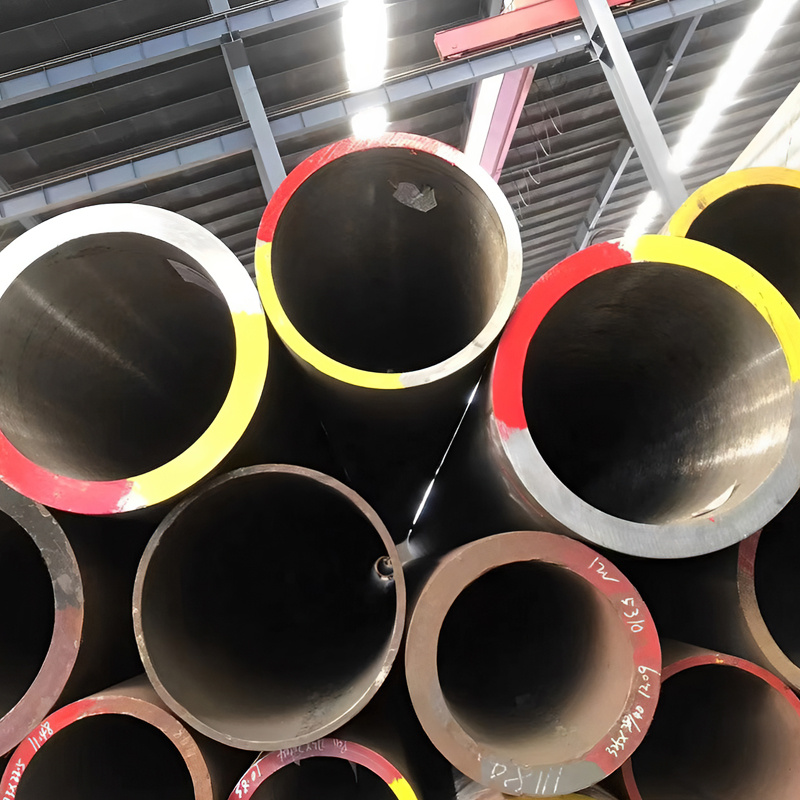
Product snapshot: Alloy Pipe (Bright Annealing Seamless Steel Pipe)
World Steel Material in Tongzhou District, Beijing, supplies bright-annealed seamless alloy pipe under ASTM A213/A335. Sizes run OD 42–760 mm, wall 4–120 mm, and standard lengths ≈12 m (cut-to-length available). Materials include SA/A213 T11–T22, T91/T92 and SA/A335 P1–P22, P91/P92—classic Cr-Mo families many customers casually call “chromoly.”
| Spec | Range / Value (≈, real-world use may vary) |
|---|---|
| Standards | ASTM A213, A335; ASME SA-213/SA-335; ASTM A530/A1016 general requirements |
| Grades | P1, P2, P5/P9, P11, P22, P91, P92; T11–T22, T91–T92 |
| Dimensions | OD 42–760 mm; WT 4–120 mm; Length 12 m or as requested |
| Mechanical (example P22) | YS ≥ 275 MPa; UTS 415–620 MPa; Hardness ≤ 163–197 HBW; Charpy ≈ 40 J @ −20°C |
| NDE / Pressure | UT per ASTM E213; Eddy current E309 (as applicable); Hydrostatic per A1016 |
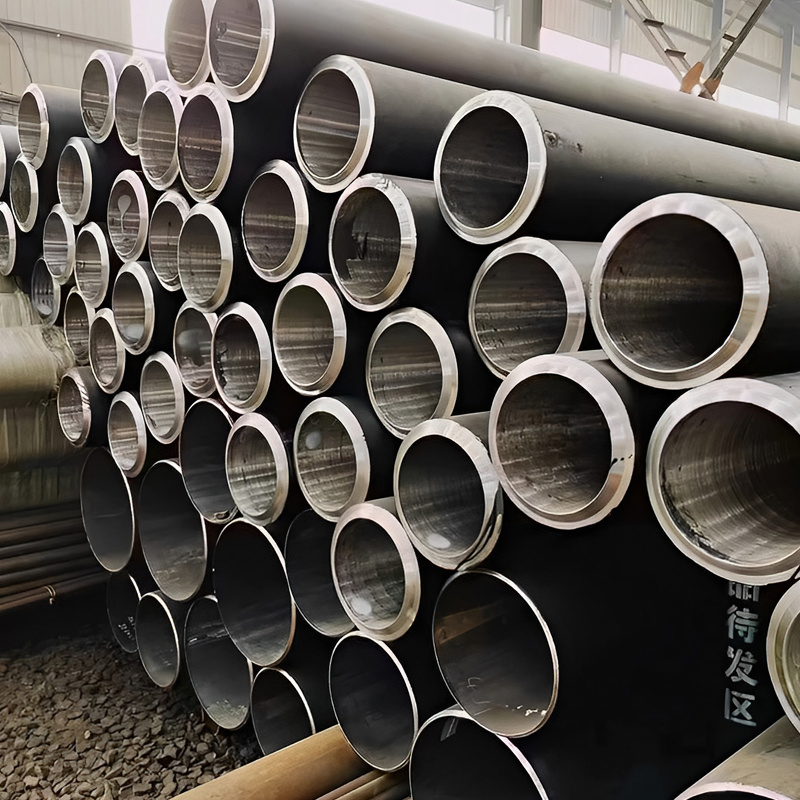
How it’s made (and why bright anneal matters)
Materials: controlled Cr-Mo chemistries (e.g., 1.25Cr-0.5Mo for P11; 2.25Cr-1Mo for P22; higher for P91/P92). Methods: billet inspection → piercing → hot rolling → cold drawing → bright annealing → straightening → sizing → NDE → hydrotest → PMI → mechanical tests. Bright annealing in a protective atmosphere gives a clean, scale-free ID/OD—less time machining, better fatigue behavior. To be honest, the surface finish is one of those small details customers rave about later.

Where it’s used
- Boilers, superheaters, refinery and chemical service (high temp/pressure).
- Motorsport roll cages, control arms, bike frames—when buyers ask for chromoly tubing for sale, this is often what they mean in industrial sizes.
- Hydraulic and gas lines needing creep strength and weldability.
Service life: 15–25 years in thermal-cycling duty with proper PWHT and corrosion management. Certifications: ISO 9001, EN 10204 3.1 MTC; optional PED. Typical feedback? “Clean IDs, consistent ovality—less scrap,” as one Midwest chassis shop told me, surprisingly candid for a race team.

Vendor snapshot (what to compare)
| Vendor | Process/Finish | Size Range | Certs | Lead Time |
|---|---|---|---|---|
| World Steel Material (Beijing) | Seamless, bright annealed | OD 42–760 mm; WT 4–120 mm | ISO 9001; EN 10204 3.1 | ≈3–6 weeks, stock on common P11/P22 |
| Vendor A | Seamless, normalized | OD to 500 mm | ISO 9001 | ≈5–8 weeks |
| Vendor B | ERW + heat treat | OD to 219 mm | ISO 9001 | ≈6–10 weeks |
Customization & QA
Cut-to-length, beveling, CNC bending, and fixture-ready kits on request. Tolerances per ASTM A530: OD ±0.75% (typ.), WT −12.5%/+12.5%, straightness 1.5 mm/m. PMI, hardness (ASTM E10/E18), tensile (ASTM A370), and Charpy available. For racing 4130 builds, ask for mill certs referencing SAE/AMS; for power systems, stick to A213/A335 with PWHT notes right on the MTC.

Quick case notes
Energy retrofit: P22, 114.3×10 mm, UT per E213, hardness 185 HBW, Charpy 47 J @ −20°C—passed hydro at 1.5× design pressure; zero leak. Motorsport fab: switched to bright-annealed 4130 for cleaner weld prep—reported 12% less grinding time and measurably lower ovality.
Bottom line: whether you need industrial-grade A335 or chassis-grade 4130, treat supply like an engineering decision. Verify process, ask for raw test data, and yes—shop around for chromoly tubing for sale but hold vendors to the standard, not just the price.
Post time: Oct . 11, 2025 13:30



